The Hennigans set out on an environmental journey. The goal was to remodel an existing home in a way that showcased as many sustainable techniques as possible, while highlighting the unique features of the design. Rainwater collection is a large part of the project, the home captures from all available surfaces, including roof structures and run off from the landscaping. The rainwater is used for the family’s in home source (potable water) as well as irrigation for the landscape. Interestingly, the irrigation source is collected from the landscape in a creative way; storm water run off from higher elevated lands runs through the landscape and is captured in custom designed swales that funnel the water into inlet basis. Then sump pumps direct the water, first through two sand filters to remove debris and then into two 30,000-gallon cisterns near the back of the property where the water is stored before making its way to the irrigation specific cistern.
The potable water, collected from the house, pool house, and outdoor kitchen’s roof area is filtered using a carbon and sediment micron filter and disinfected with an ultraviolet light. This removes bacteria and contaminants, leaving pure water safe for consumption. The water is utilized for everything inside the home; drinking source, sinks, showers, toilets, even laundry. By collecting the rainwater instead of relying on the city’s municipal water, the Hennigan’s water demand is less than 11% of standard demand for the year. Not only does this save expenses, but it lessens the draw on the municipal supply, leaving the source available to other clients. In total the home has six cisterns collecting a potential of 93,200 gallons.
Other features of the home include geothermal energy pipes which provide heating and cooling for the home. Geothermal energy is energy derived from the heat that resides within the Earth. Using a coolant run through a HVAC, this same energy can be used to cool or heat one’s home. This reduces their impact on the energy grid. For the electric supply, the house utilizes solar power installed by One80 Solar, resulting in a negative carbon emissions environment.
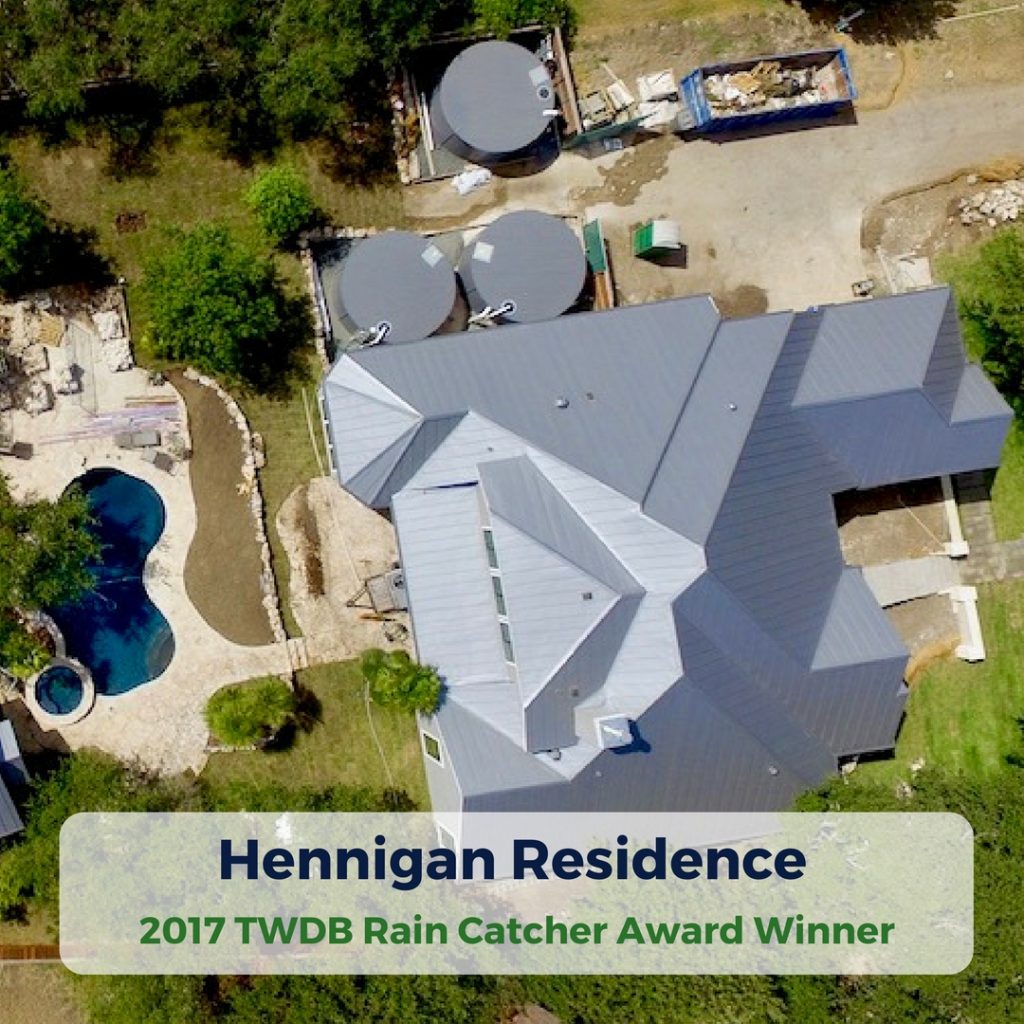
Sustainable design of homes is becoming increasingly more popular as home buyers look to reduce their impact on the environment and cut costs. Climate positive homes enhance a community by reducing the consumption of non-renewable resources. Water is one of our most precious resources. By implementing a well-designed rainwater catchment system one can benefit from the abundance of fresh water stored on site, ready for use as needed. Storm water, usually considered a problem, can be harvested thus creating a beneficial solution. Water technologies must be at the for front of a sustainable home design, planning for the nexus of opportunities that will be available.
The Hennigan home was so highly praised, it was a recipient of the 2017 Rain Catcher Award given by the Texas Water Development Board. The award highlights entities and individuals in the rainwater harvesting community and beyond. The award establishes recipients as dedicated water conservation leaders in Texas. Innovative Water Solutions is proud to share in the joy of receiving this prestigious award. Read more about the Rain Catcher Award, and the Hennigan Home, here.
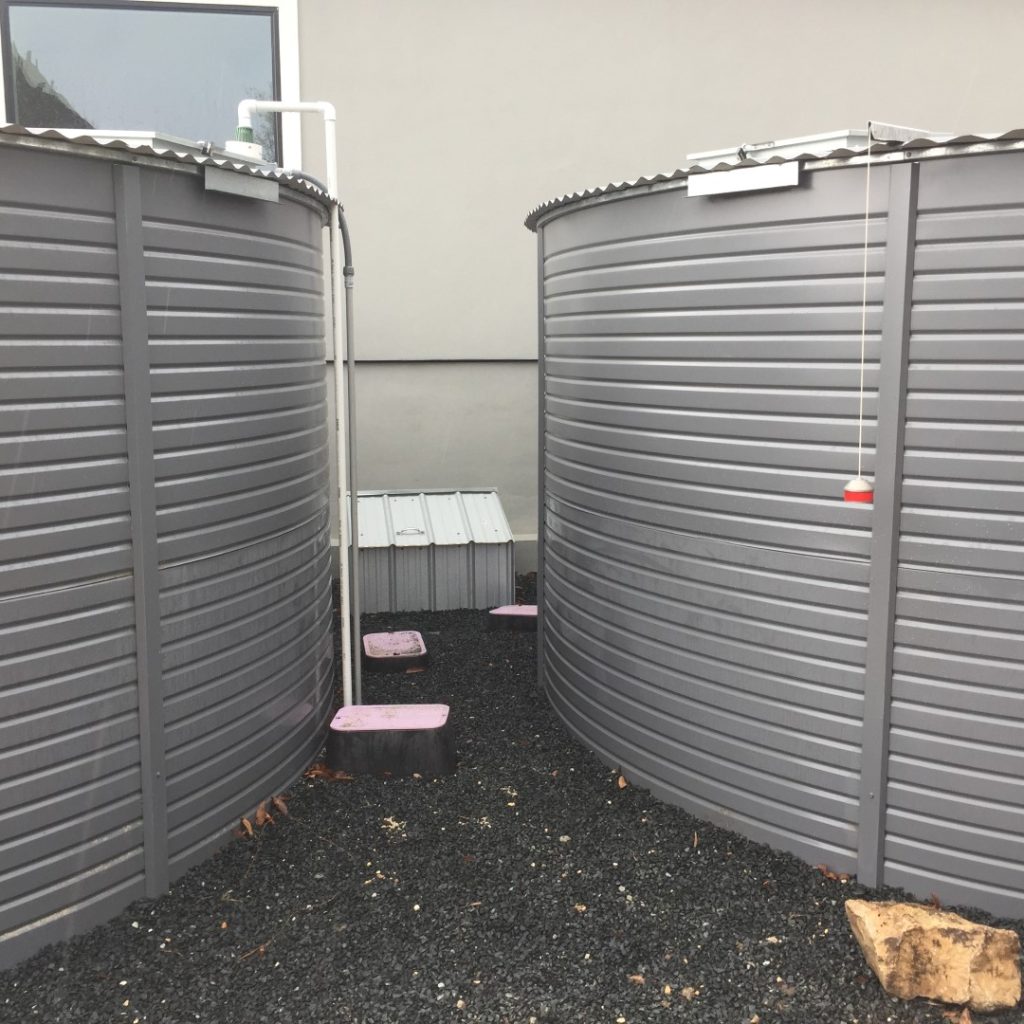
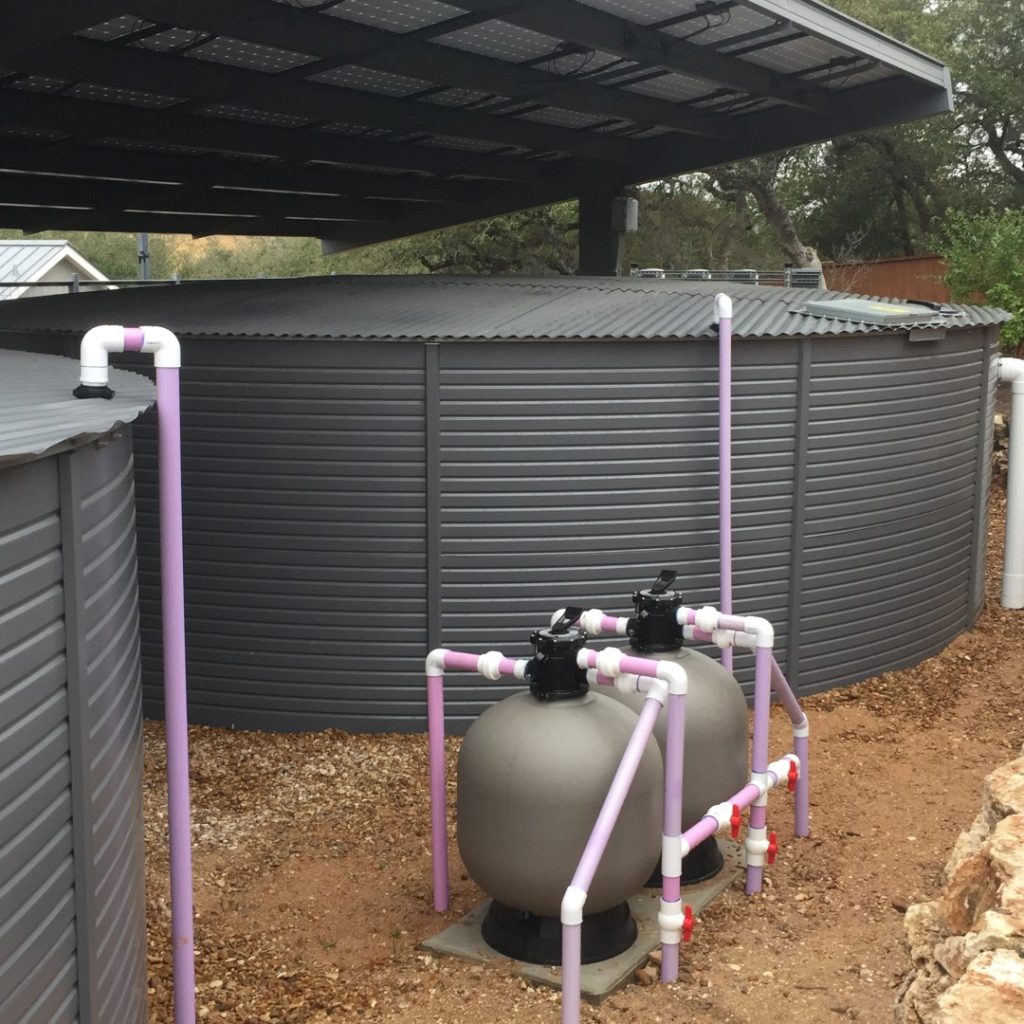
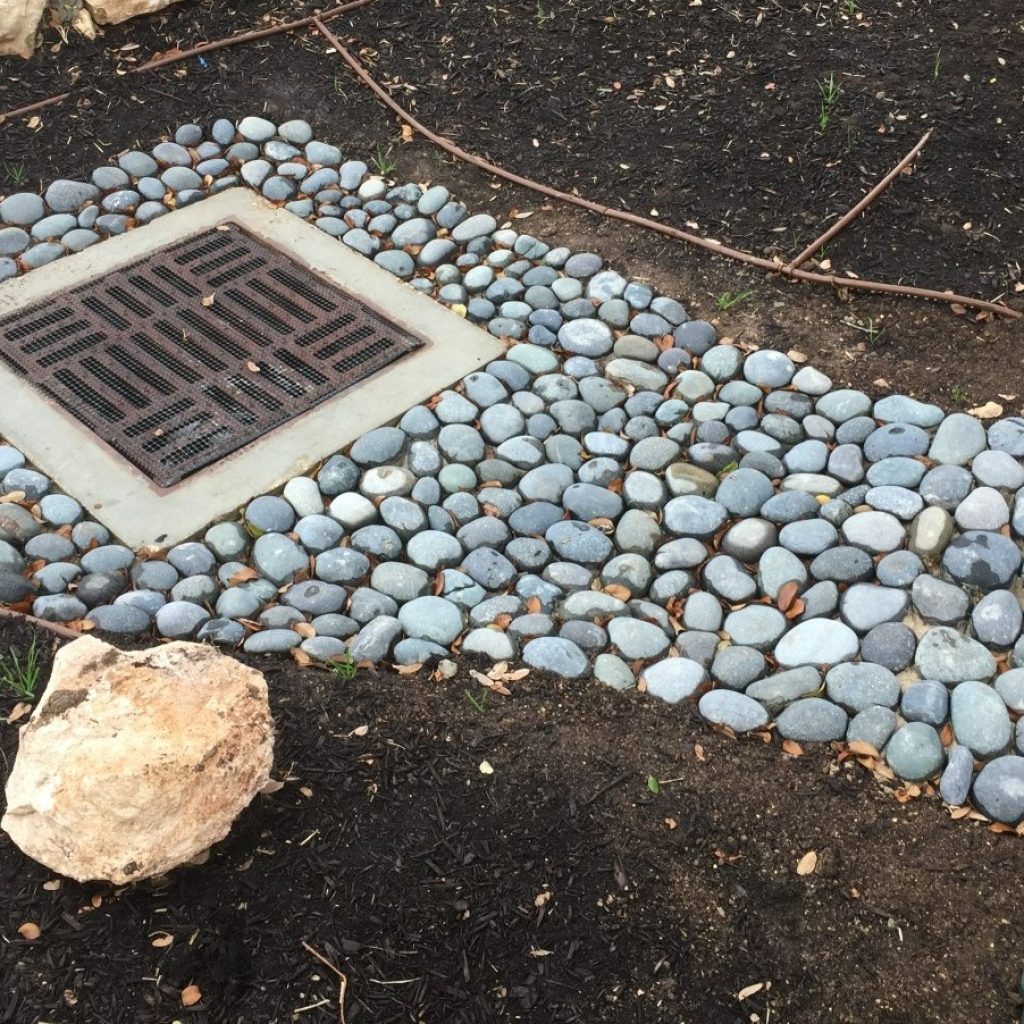
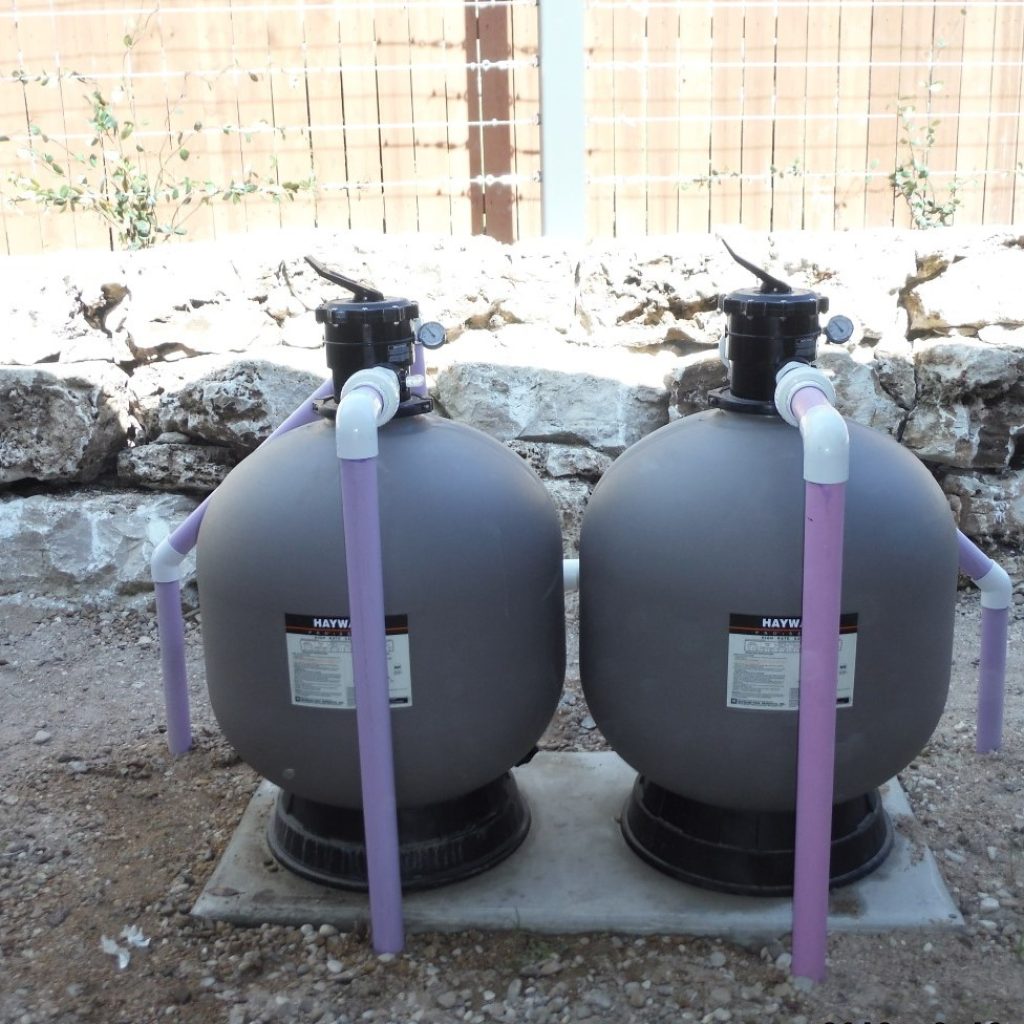
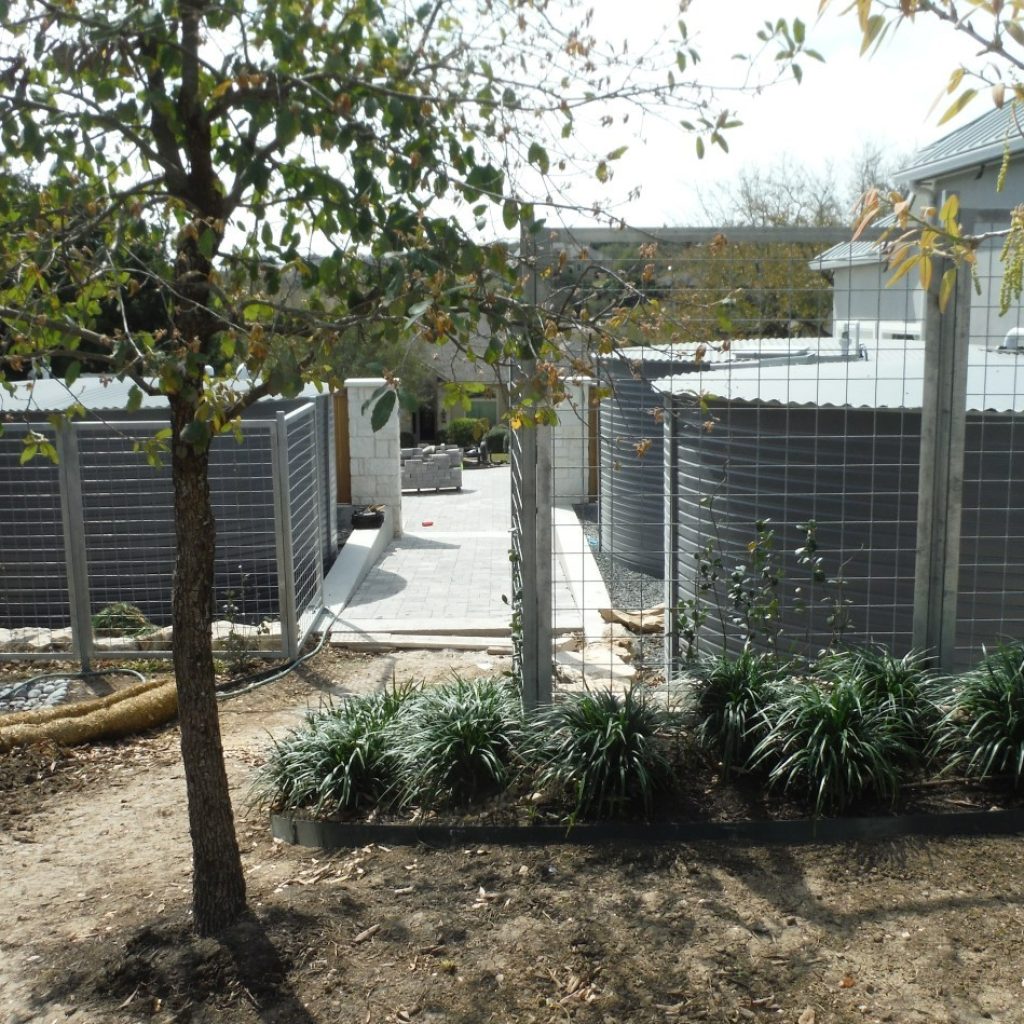
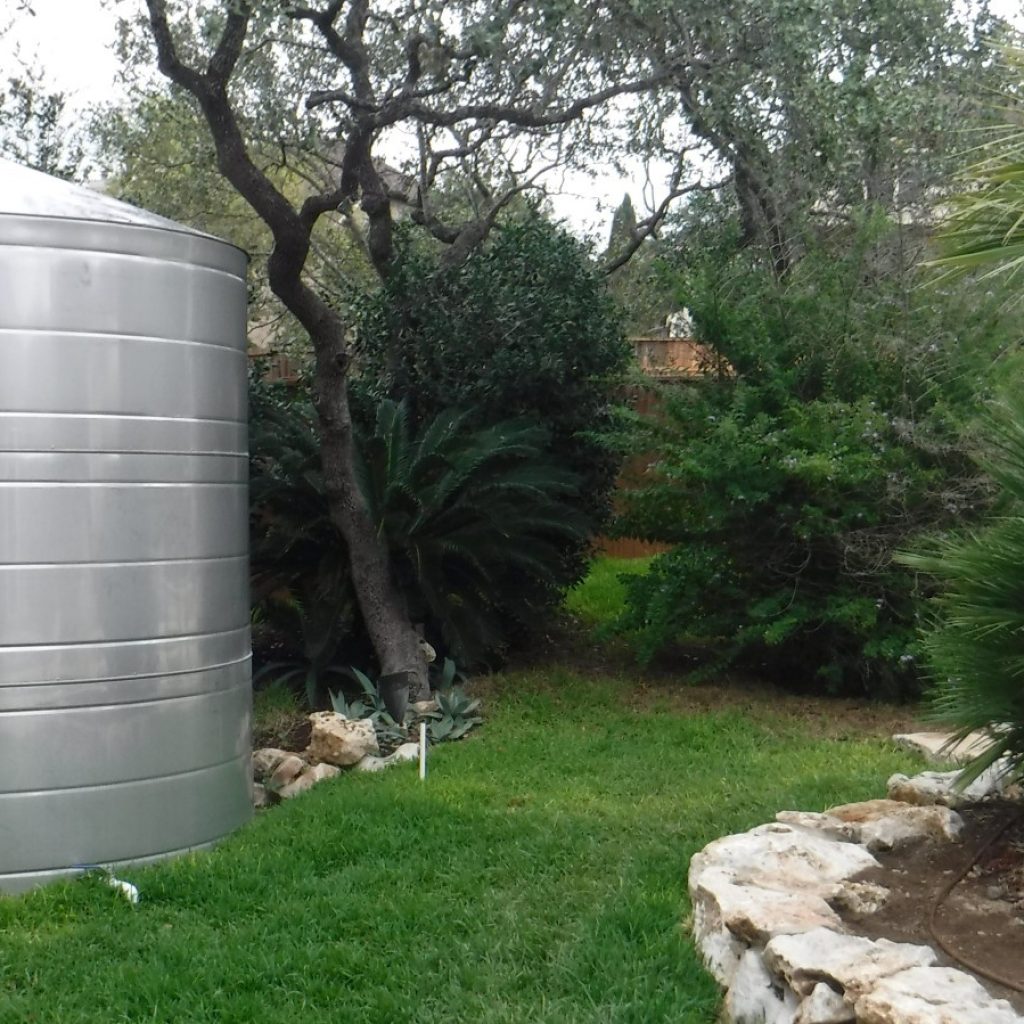
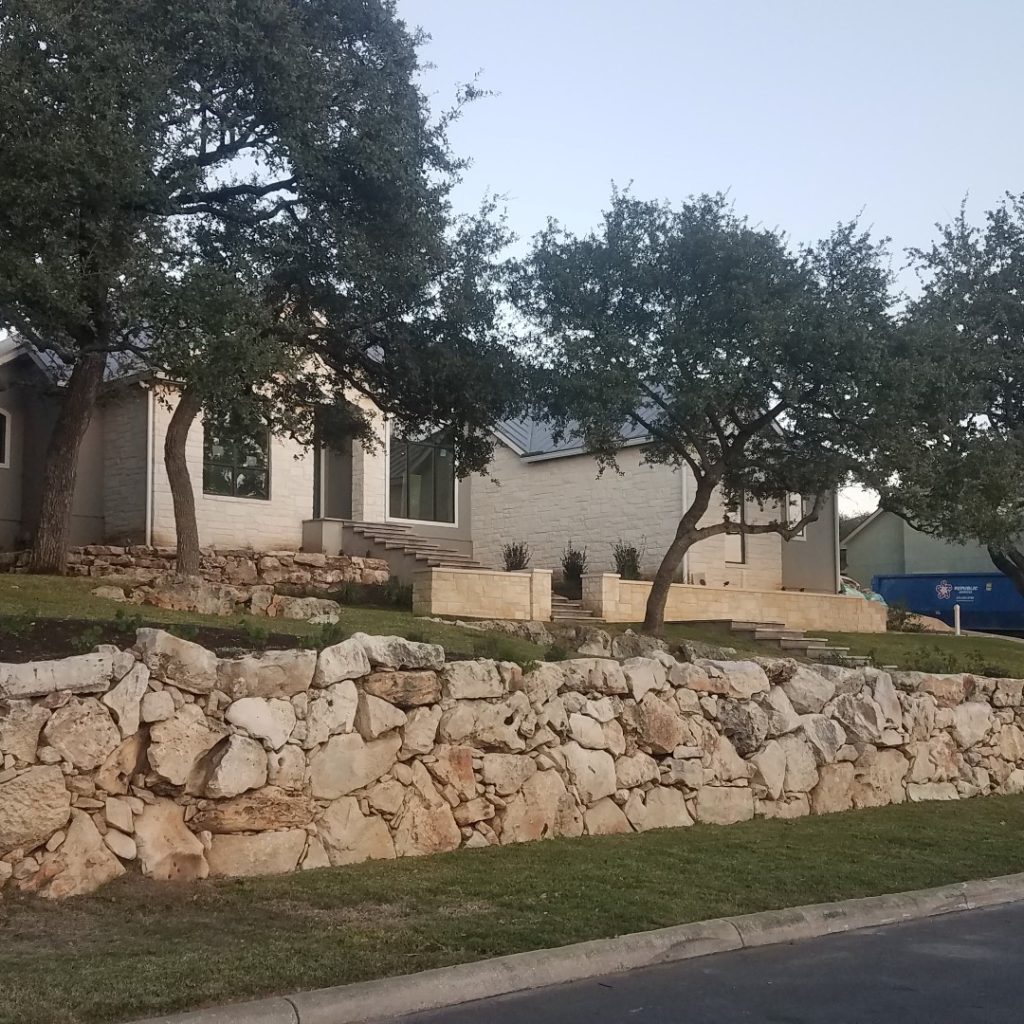
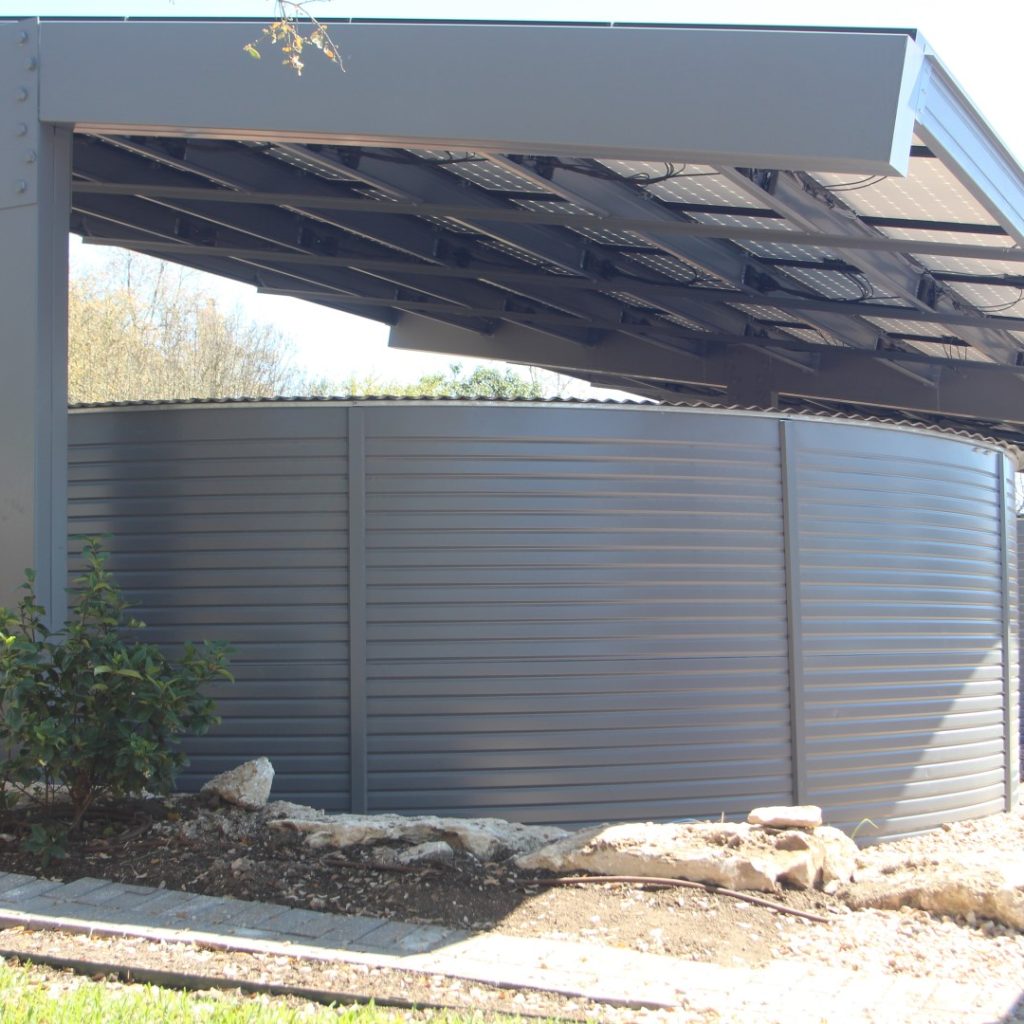


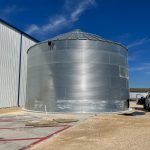
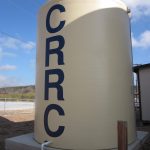


I think its a great idea and i am very much interested in seeing this in the future.I live in southern cal
Great project, Chris! Congratulations on the well-deserved award!
Thanks Gayle! Appreciate it!
Interesting account by Chris Maxwell.
. What it is sorely lacking is how much it all cost and how long it would take to break even.
One would have to have a lot of cash at hand to pay for all this which tells me it is a “pet project” by the home owner who can afford it.
This is the Rolls Royce project. I wish you could cater to ordinary folks with smaller properties.
Morgan, thanks for you comment. Since this is a private system, I did not want to share the cost information for privacy purposes. The size, complexities, and intricacies of this project did make it an expensive project. But this homeowner wanted to create the most sustainable home project for this particular property and of course, they made room in their home remodel budget for this type of rainwater harvesting system.
We install systems both big and small. We have extensive experience to engineer these complex rainwater harvesting systems when necessary but we also install small 250 gallon rainwater collection systems. You can learn more about our small kit systems that we have available here: https://www.watercache.com/kit. We created these small kit systems to make it easy for customers to pick and choose the best simple dry collection system for their situation.